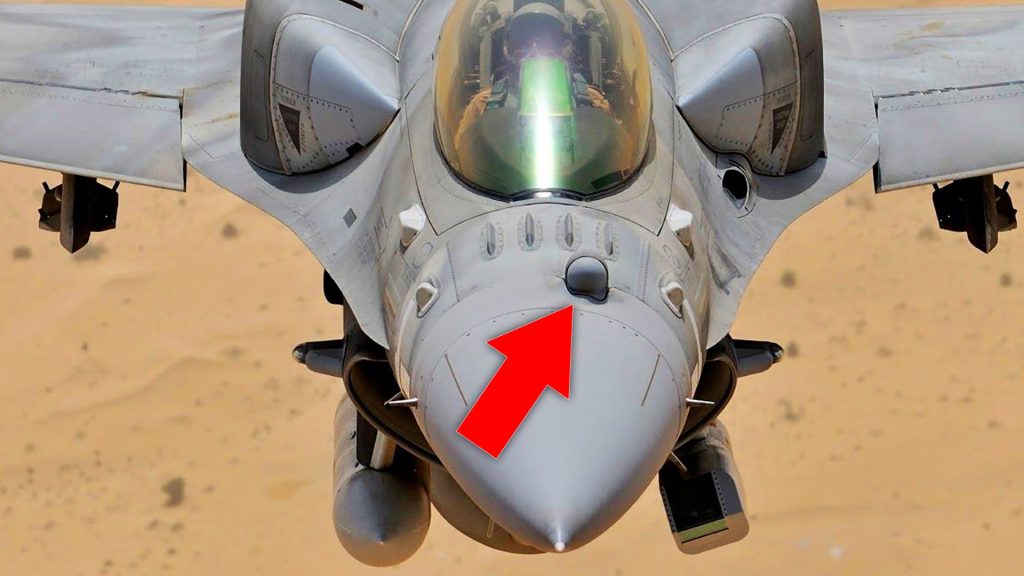A lot of people ask about the nose of the mysterious Block 60 F-16E/F ‘Desert Falcon’ that has been developed specifically for the UAE Air Force. The F-16E/F is still an F-16, but it is unlike any other variant of F-16 that is available in the world. The aircraft is better defined as a retake of the F-16 rather than an upgrade of the existing model.
The original program happened in the 1990s, and an order was finally placed for 80 advanced F-16s in 1998. Back then, the aircraft was supposed to be a more extreme redesign of the F-16, much similar to how Japan’s F-2 turned out.
That ambitious idea was dropped, and the idea of enhancing the Block 50/52 F-16C/D Viper was taken up. When it all came together, the F-16E/F cost the UAE $3B with the very first jet taking to the skies in December of 2003. The very first aircraft delivery to the UAE began on May 2005. The UAE Air Force is comprised of 55 single-seat F-16Es and 25 two-seat F-16Fs.
Block 60 comes with a variety of enhancements, including conformal fuel tanks similar to the late-block predecessors along with the F110-FE-132 General Electric turbofan capable of generating 32,000 pounds of thrust. That is 3,000 pounds of thrust more than the Block 50’s F110-GE-129. It has been built using Northrop Grumman’s AN/APG-80 Active Electronically Scanned Array (AESA) radar system.
Long story short, the Block 60 F-16s are the most capable F-16s in the world. One of the unique systems, is the infrared targeting and navigation suite that is known as the AN/AAQ-32 Internal FLIR Targeting System (IFTS), and it manifests itself externally in two areas. The first is the targeting pod that is installed on one of the two intake pylons. It provides stabilized mid-wave infrared and electro-optical video feeds while also offering laser rang-finding, spot tracking, pointer, and targeting functions.
Part of the IFTS is located in the round nub on the nose of the Block 60 F-16E/F ‘Desert Falcon’– the same nose that many people are curious about. It is a FLIR system that is capable of rotating around to point directly forward when being used. The captured video is then fed into the F-16E/F’s pilot’s HUD and can also be shown on the displays in the rear cockpit of the F model. It doesn’t move around in relation to the pilot’s head position, but it does offer a better view forward at night and during poor weather conditions. By adding the FLIR on the nose and using it in conjunction with the AN/APH-80 AESA radar, it has been made possible for the F-16E/F to have enhanced low-level capabilities without requiring a second pod. This, in turn, has allowed keeping the weight low while enhancing aerodynamic efficiency and keeping a pylon free for other sensors.
Now you know what the ball on the nose of Block 60 F-16E/F ‘Desert Falcon’ – the most advanced operational F-16s in the world – does.

